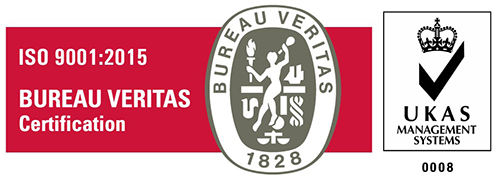What is Penetrant Testing (PT)
The liquid penetrant testing method is an effective means for detecting surface crack or discontinuity on nonporous materials such as steel, fiber glass, ceramics, and glass.
How does it work
Liquid penetrant testing is using low viscosity liquid penetrant applied to the surface of a part (after cleaned), it will penetrate into cracks and voids open to the surface. Once the excess penetrant is removed, the penetrant trapped in those voids will flow back out after developer is applied, creating an indication.
Application of Penetrant Testing (PT)
- Typically using on stainless steel. (as magnetic particle testing or MPI is more effective and normally using on carbon steel)
- Most effective for detecting of cracks on surface.
- Easy to use and cost effective. Only required cleaner, penetrant and developer.
- Most preferred methods among conventional NDT methods
Problem detection
Surface visible defects: cracks, seams, laps, cold shuts, and porosity.


